Collecting memories: Shinro Ohtake debuts his first UK solo multimedia show at Parasol Unit

The first UK solo show of the Japanese multimedia artist Shinro Ohtake opened this weekend at London’s Parasol Unit Foundation for Contemporary Art. It’s been a long time coming.
Ohtake made a trip here in 1977 at the age of 22, already a precocious talent and a Pop Art aficionado, as much as that was possible in mid-1970s Japan. Andy Warhol’s first show in Japan, Ohtake tells me, was in 1974 in a Tokyo department store, then the chief showcase for contemporary art in the country. And if the UK trip was partly accidental – Ohtake admits that while most of his peers, Hiroshi Sugimoto among them, were heading to the fun and sun of America's West Coast, his travel agent suggested the grey drear of 1970s Britain would be a cheaper option – it was a happy accident.
On the trip, Ohtake made a pilgrimage to Bradford to visit the parents of David Hockney, who were so charmed they put up the artist for the night. (Hockney wasn’t there at the time, but he wrote the preface to Ohtake’s first Tokyo solo show in 1982.) Ohtake also soaked up the energy of the punk and new wave scenes, listening to Elvis Costello, he says, on a cheap radio.
More importantly he began his first scrapbook, filling it with his own sketches and photographs but also bus tickets and torn scraps of packaging, archaeology of another consumer culture. And while he has worked in a variety of media since – including video, art books, large-scale sculpture and experimental music with his band Juke/19 – these scrapbooks have become the creative focal point of his art, a true north while he charges off into new territories and media.
Ohtake had been making collages since he was a kid, and in the scrapbooks and his larger works he approaches the art of the collage with a ferocious energy, always using found objects, photographs and bits of old paper. (He still uses scraps of used envelopes in his large collages; he likes that they have already travelled, already have memories.)
The scrapbooks, sometimes stretching to 700 glue-encrusted pages, are shown as sculptural objects as much as artifacts (an extensive collection was shown at last year’s Venice Biennale). Ohtake’s art is about what memories are made of: how we assemble ragged-edged recollections and visual queues, gather evidence to prove we were somewhere and were moved or at least enthused.
In 2010, he completed a kind of functioning architectural scrapbook, the Naoshima bathhouse. Built out of patterned Indonesian tiles with a tree house on the roof, it is decorated with shunga erotic prints, stills from 1960s porn movies, vintage Thai record sleeves and a life-sized sculpture of an elephant. He says he would also like to open a bar, the ideal repository of memories, given how many we leave behind in such places.
Like Hockney, Ohtake has taken to sketching on an iPad but his art is determinedly analogue, built on sense memories. An avid record collector, he could, he says, distinguish between American and British vinyl by the smell. Indeed this is what he most laments about the digital disintegration of pop-cultural artifacts: their deoderisation.
The Ohtake show includes recent and new works as well as film pieces and is part of the Parasol Unit’s 10th-anniversary programme.
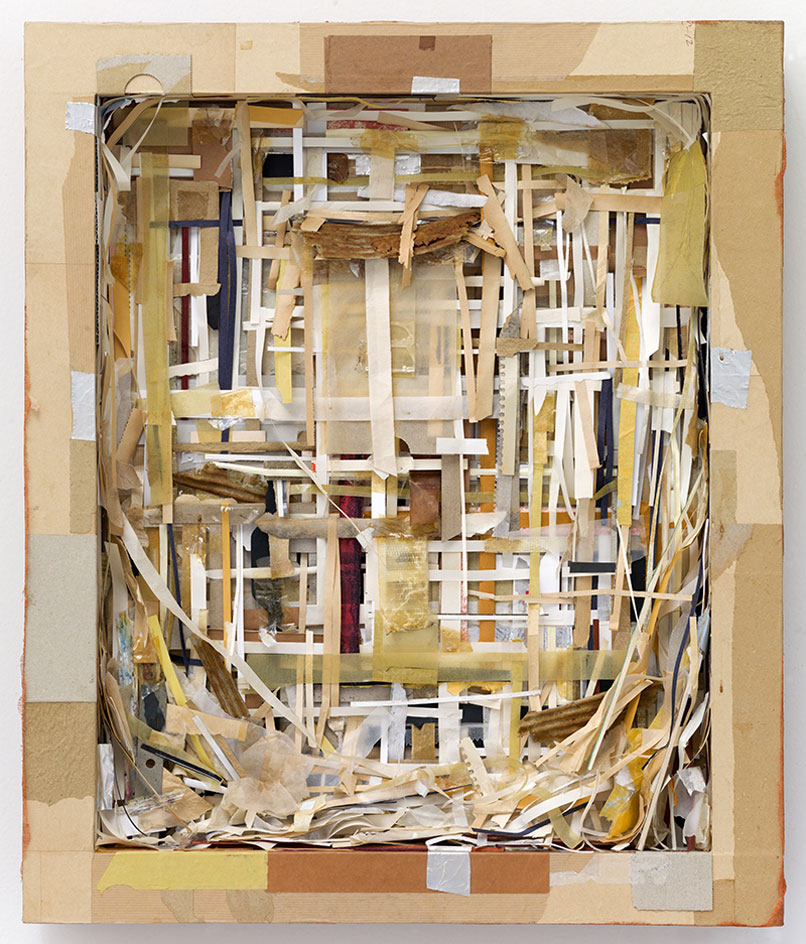
Layers of Time Memory 2', 2013, is made from more than a dozen media, including rusty iron, aluminium foil, rice paper and cheesecloth.
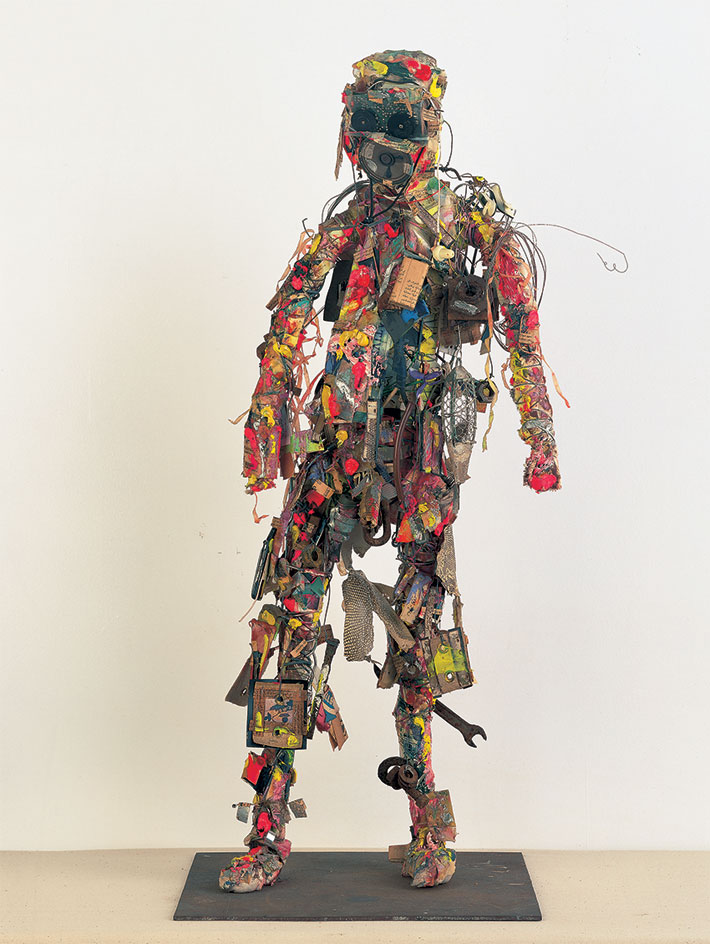
Radio Head Surfer', 1994-1995, uses old photographs, a transistor radio, dry batteries and earphone nibs.

Time Memory 28', 2014.
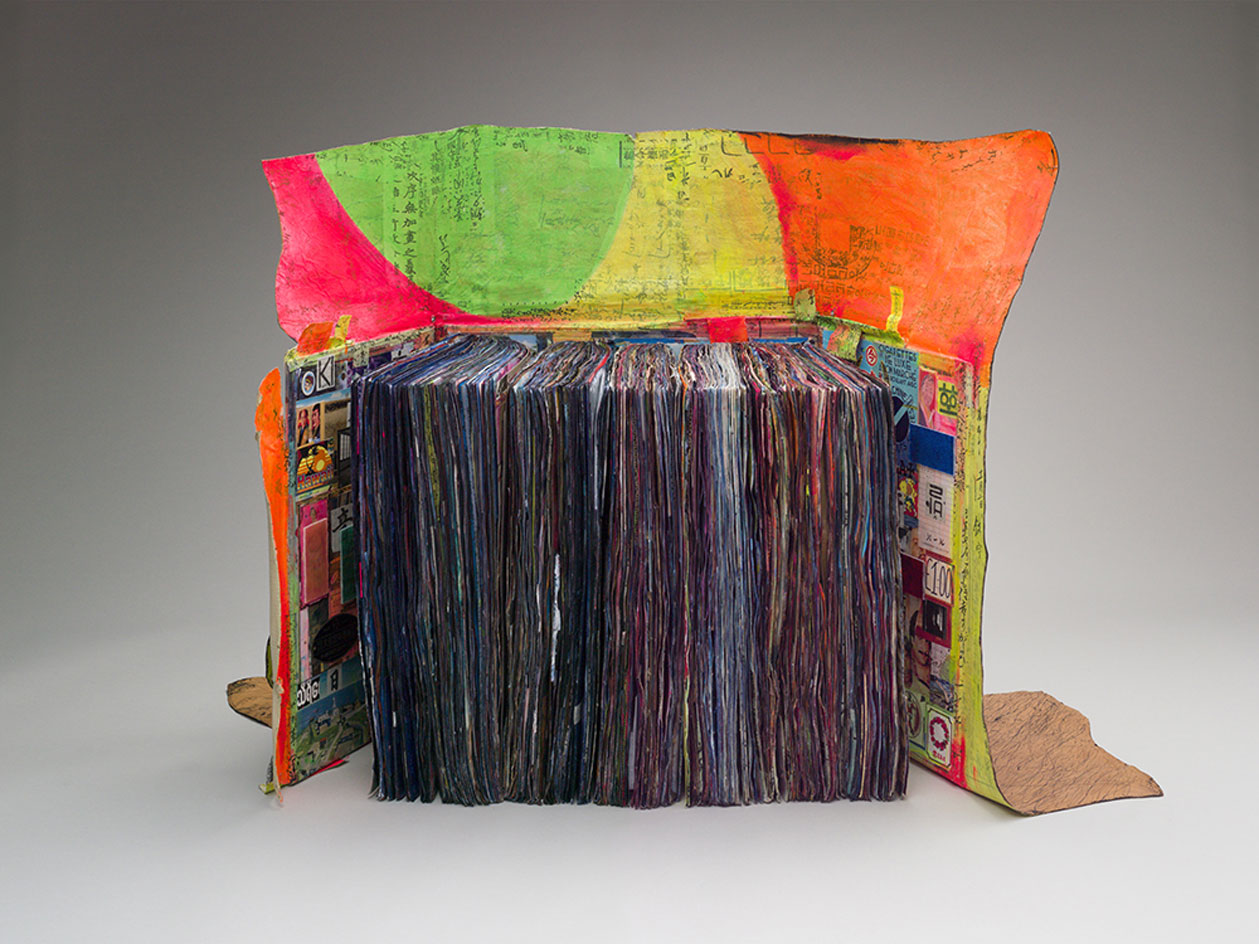
Scrapbook #66', 2010-2012. Ohtake's scrapbooks have become the creative focal point of his art, a true north while he charges off into new territories and media.

Queer', 1985, is made from found objects.

Retina (New Tong of Tangier 1)', 1992-1993, uses 37 media.

Time Memory 9', 2011. Photograph from the artist's private collection
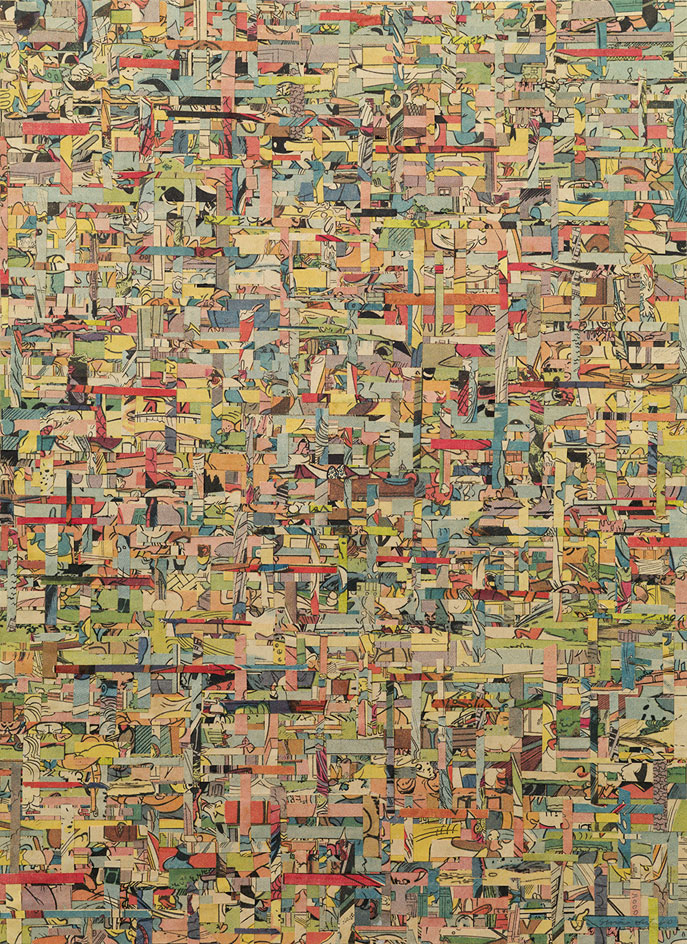
Japanese Comics', 2000.

Frost #5', 1989.
ADDRESS
Parasol Unit Foundation for Contemporary Art
14 Wharf Road
London
Receive our daily digest of inspiration, escapism and design stories from around the world direct to your inbox.
-
 Art and culture editor Hannah Silver's top ten interviews of 2025
Art and culture editor Hannah Silver's top ten interviews of 2025Glitching, coding and painting: 2025 has been a bumper year for art and culture. Here, Art and culture editor Hannah Silver selects her favourite moments
-
 In Norway, remoteness becomes the new luxury
In Norway, remoteness becomes the new luxuryAcross islands and fjords, a new wave of design-led hideaways is elevating remoteness into a refined, elemental form of luxury
-
 The rising style stars of 2026: Oscar Ouyang is taking knitwear into new realms
The rising style stars of 2026: Oscar Ouyang is taking knitwear into new realmsAs part of the January 2026 Next Generation issue of Wallpaper*, we meet fashion’s next generation. Born in Beijing, Central Saint Martins graduate Oscar Ouyang is inspired by anime, medieval folklore and his friends’ wardrobes
-
 Yuko Mohri’s living installations play on Marcel Duchamp’s surrealism
Yuko Mohri’s living installations play on Marcel Duchamp’s surrealismThe artist’s seven new works on show at Milan’s Pirelli HangarBicocca explore the real and imaginary connections that run through society
-
 Riccardo Dalisi’s first UK retrospective opens at east London gallery Spazio Leone
Riccardo Dalisi’s first UK retrospective opens at east London gallery Spazio LeoneSpazio Leone draws together six decades of the Italian visionary’s work, from whimsical coffee pots to radical community workshops
-
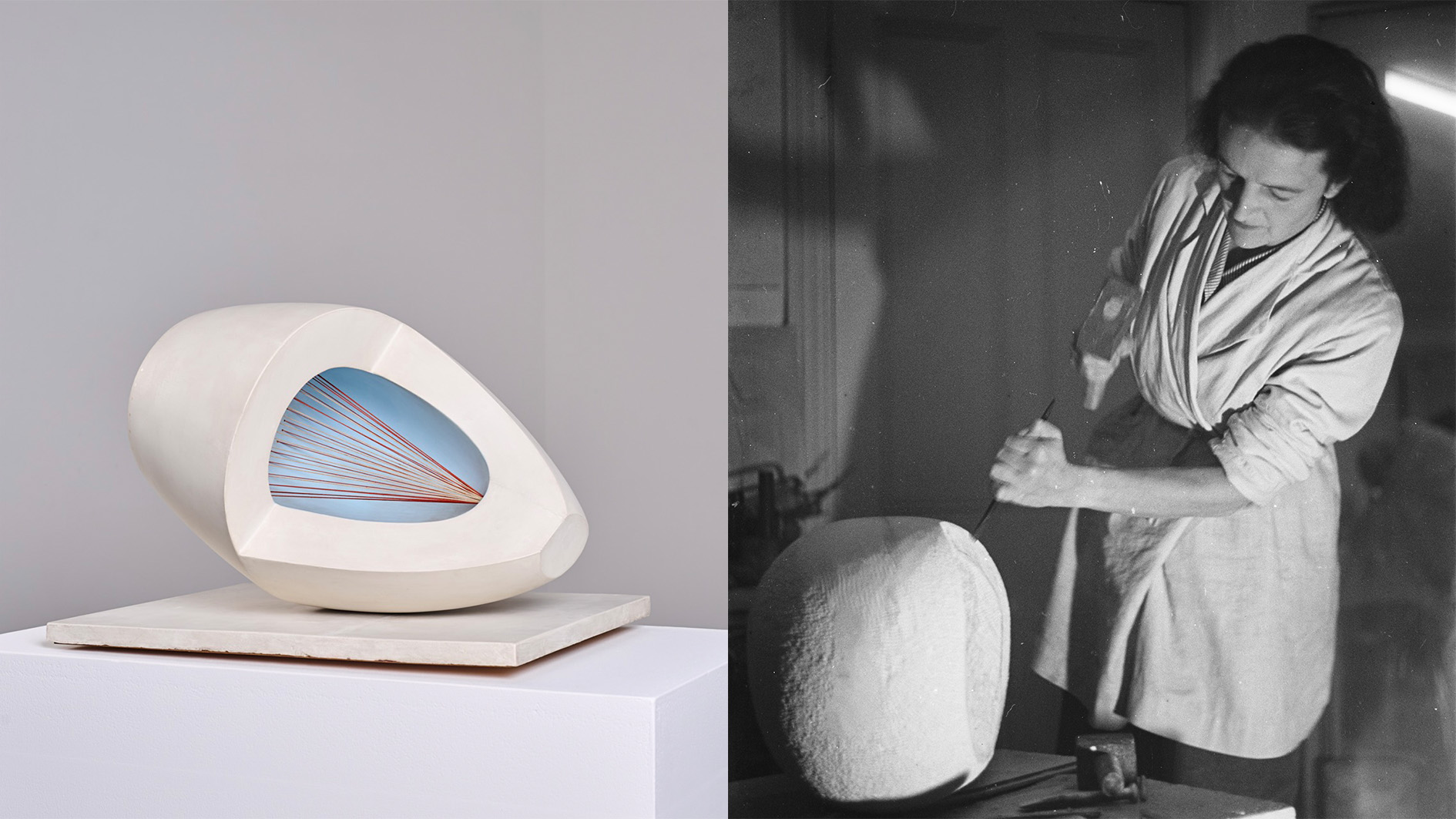 Inside the fight to keep an iconic Barbara Hepworth sculpture in the UK
Inside the fight to keep an iconic Barbara Hepworth sculpture in the UK‘Sculpture with Colour’ captures a pivotal moment in Hepworth’s career. When it was sold to an overseas buyer, UK institutions launched a campaign to keep it in the country
-
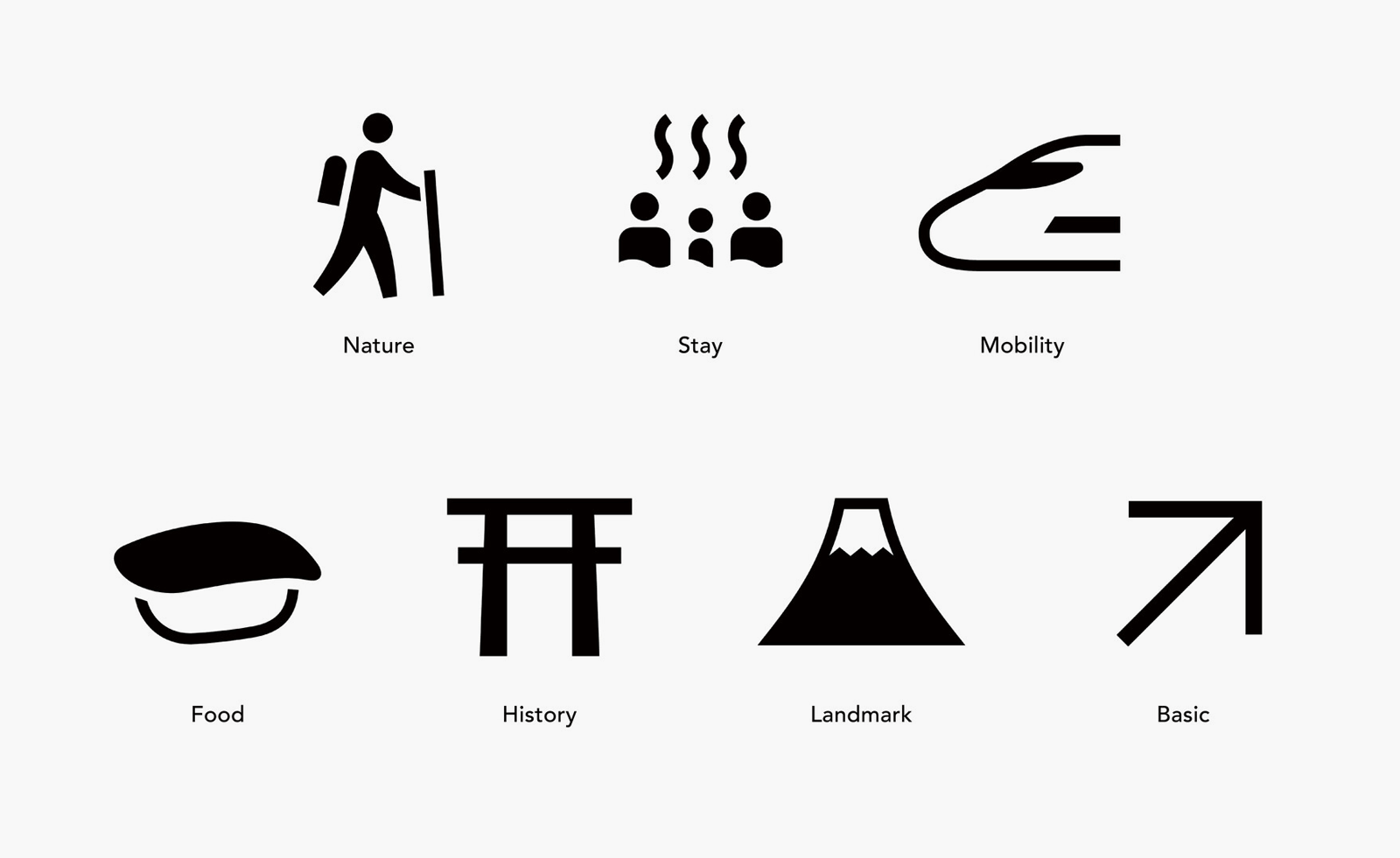 Get the picture? A new exhibition explores the beautiful simplicity of Japanese pictograms
Get the picture? A new exhibition explores the beautiful simplicity of Japanese pictogramsThe simple, minimalist forms of a pictogram are uniquely Japanese, as new exhibition 'Pictograms: Iconic Japanese Designs' illustrates
-
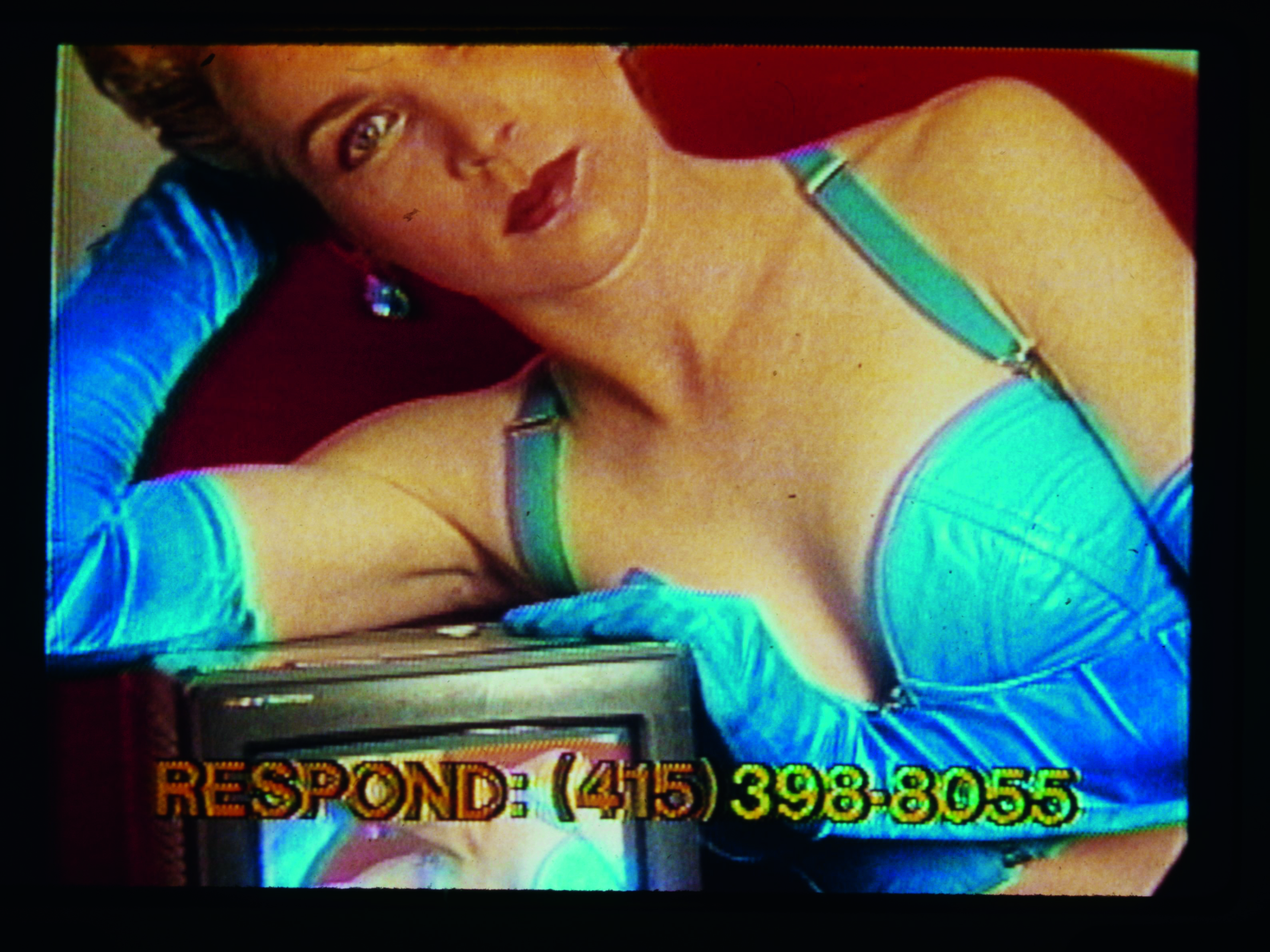 Thirty-five years after its creation, Lynn Hershman Leeson’s seminal video is as poignant as ever
Thirty-five years after its creation, Lynn Hershman Leeson’s seminal video is as poignant as everLynn Hershman Leeson’s 'Desire Inc', at 243 Luz in Margate, blurs the boundaries between art and reality
-
 A bespoke 40m mixed-media dragon is the centrepiece of Glastonbury’s new chill-out area
A bespoke 40m mixed-media dragon is the centrepiece of Glastonbury’s new chill-out areaNew for 2025 is Dragon's Tail – a space to offer some calm within Glastonbury’s late-night area with artwork by Edgar Phillips at its heart
-
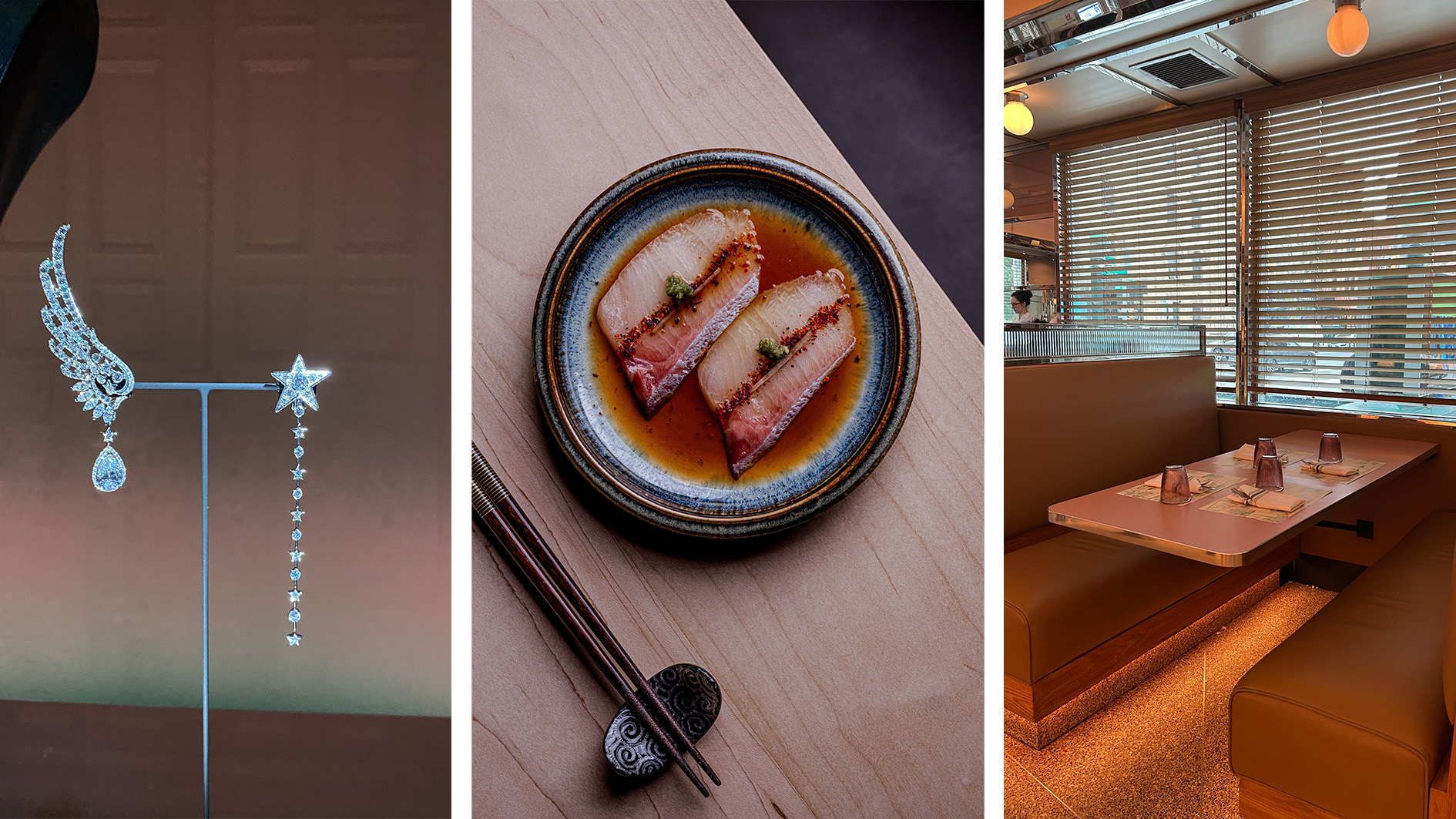 Out of office: the Wallpaper* editors’ picks of the week
Out of office: the Wallpaper* editors’ picks of the weekIt was a jam-packed week for the Wallpaper* staff, entailing furniture, tech and music launches and lots of good food – from afternoon tea to omakase
-
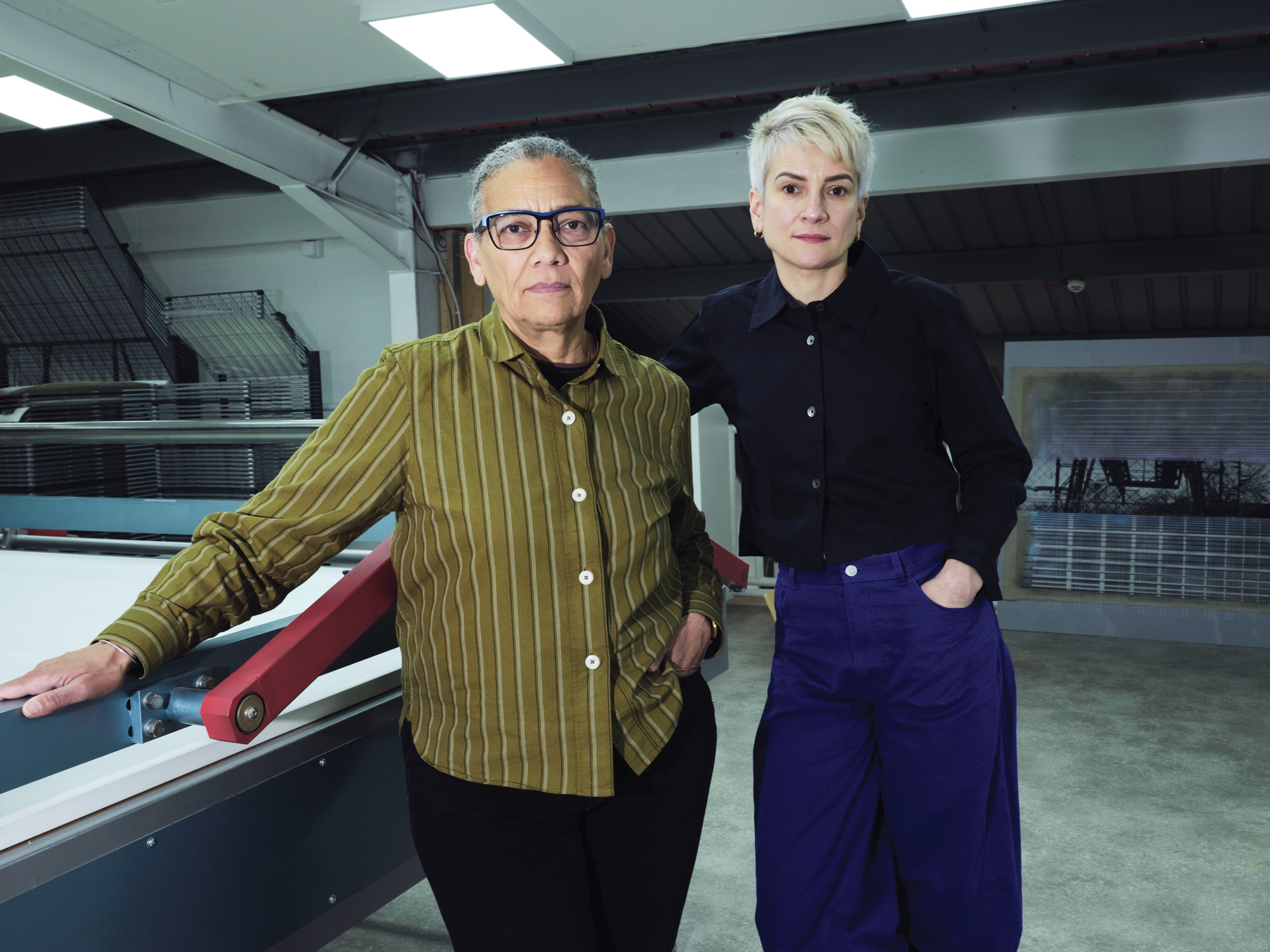 Lubaina Himid and Magda Stawarska’s new show at Kettle’s Yard will uncover the missing narratives in everyday life stories
Lubaina Himid and Magda Stawarska’s new show at Kettle’s Yard will uncover the missing narratives in everyday life storiesThe artists and partners in life are collaborating on an immersive takeover of Kettle’s Yard, Cambridge, in an exhibition that delves into a lost literary legacy